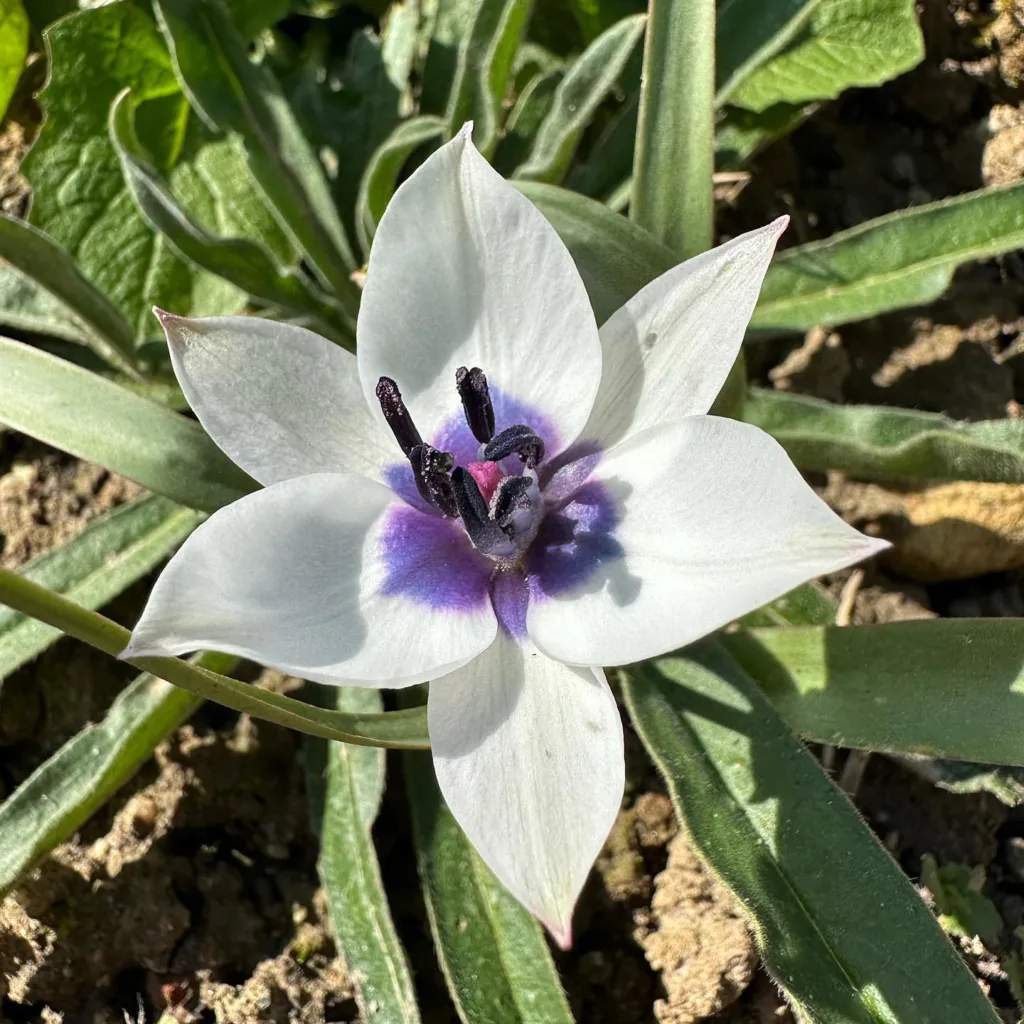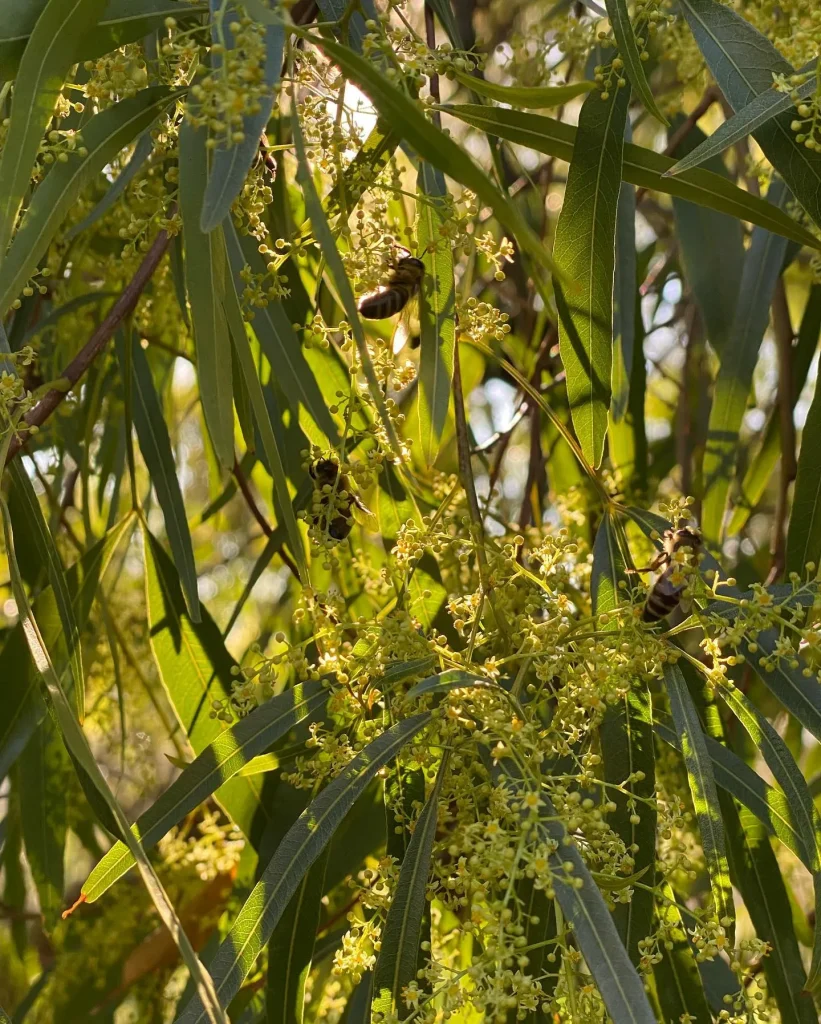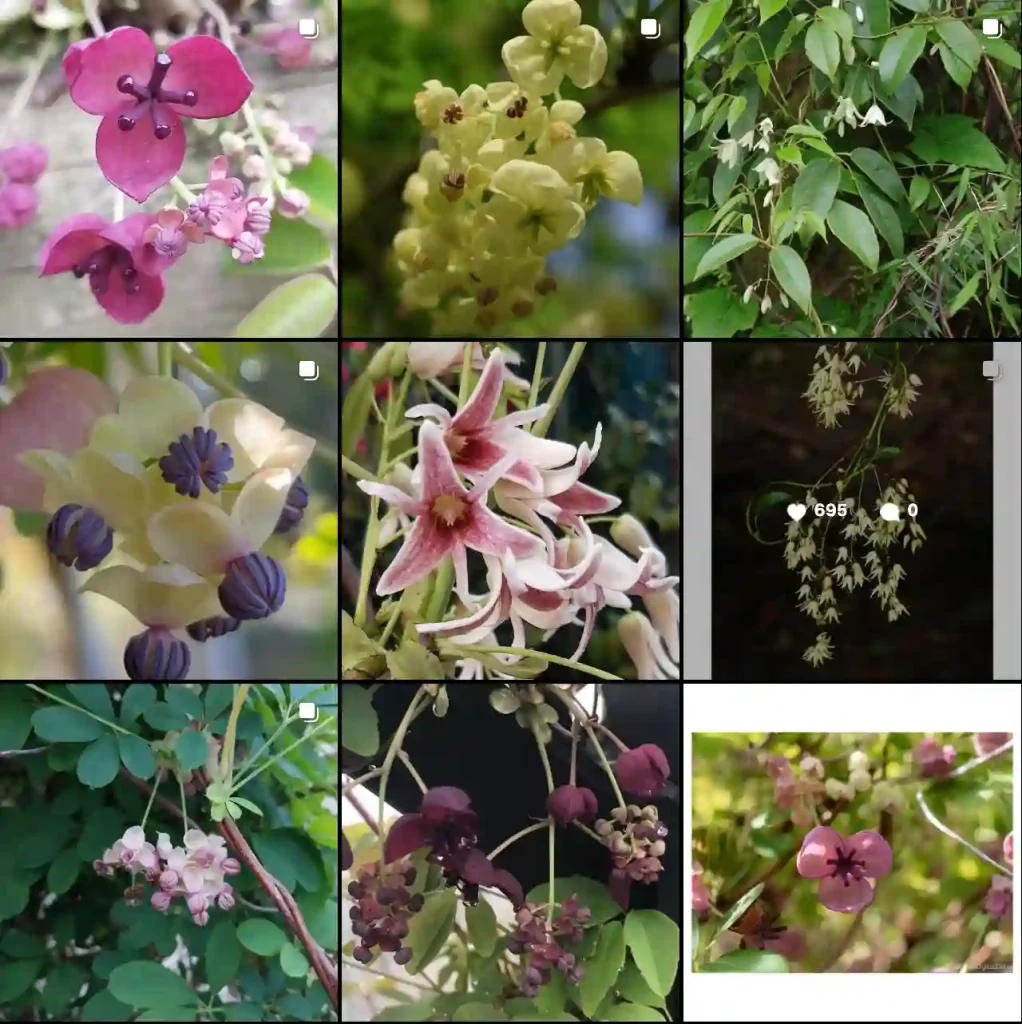Exploring the Actinidiaceae Plant Family: A Personal Perspective
When it comes to the diversity of plant families, the Actinidiaceae family stands out for its intriguing characteristics and valuable species. I’ve always been fascinated by plants that combine both aesthetic beauty and practical uses, and the Actinidiaceae family checks both boxes. Known primarily for including the beloved kiwifruit (Actinidia deliciosa), this family offers more than just a popular snack. From ornamental plants to lesser-known fruits, the Actinidiaceae family has a lot to offer.
What is the Actinidiaceae Family?
The Actinidiaceae family consists of flowering plants that belong to the order Ericales. It contains three primary genera: Actinidia, Clematoclethra, and Saurauia. These plants are native to parts of Asia and Central and South America, typically found in tropical to subtropical regions. What drew me to this family is the way these plants often combine lush greenery with delicate flowers and fruits.
These plants are mostly woody climbers or shrubs, which gives them a unique look. Some members of this family, like the kiwifruit, are commercially cultivated for their fruits, while others are appreciated for their ornamental value in gardens.
Genera within the Actinidiaceae Family
In my exploration of the Actinidiaceae family, I’ve come across the following key genera:
Actinidia
This is the most well-known genus in the Actinidiaceae family, thanks to the kiwifruit (Actinidia deliciosa). There are around 54 species in the Actinidia genus, including species like Actinidia arguta (hardy kiwi) and Actinidia chinensis (golden kiwi). I find the variations within this genus fascinating. Some species produce fruits that are smaller and sweeter than the typical fuzzy kiwi we all know. What’s also impressive about Actinidia is its ornamental potential. The vines of many species make beautiful garden climbers, offering both edible fruits and visual appeal.
Clematoclethra
Although less known than Actinidia, Clematoclethra is an interesting genus that includes species like Clematoclethra scandens. These are primarily climbing shrubs with attractive flowers and foliage. Clematoclethra species aren’t commonly cultivated for their fruits, but their potential as ornamental plants shouldn’t be overlooked. I personally find Clematoclethra plants appealing because of their hardiness and ability to thrive in a variety of garden conditions.
Saurauia
The Saurauia genus is more diverse, with over 300 species. These plants are found in tropical regions, mostly in Central and South America. Some species produce small, edible fruits, although they are not as widely consumed or cultivated as Actinidia. Saurauia madrensis, for example, caught my attention because of its striking leaves and potential use as an ornamental plant. While I haven’t had much experience growing Saurauia species, I can see how they could add a tropical touch to any garden.
Growing Actinidiaceae Plants
If you’re looking to grow members of the Actinidiaceae family, there are a few things to keep in mind. I’ve found that most species, particularly in the Actinidia genus, prefer well-drained soil and a sunny to partially shaded location. The climbing species can be trained on trellises or other structures, making them versatile for different garden layouts.
For those interested in growing kiwifruit, be prepared to invest in both male and female plants, as these species are usually dioecious. I’ve learned from experience that ensuring the right plant pairings can make a big difference in fruit production.
Uses and Benefits of Actinidiaceae Plants
One of the reasons I’m drawn to this plant family is the variety of uses it offers. Kiwifruit is, of course, a nutritional powerhouse, packed with vitamin C, fiber, and antioxidants. Beyond the fruit, the leaves and vines of certain species can also be used in crafting, adding to their utility.
From a gardening perspective, Actinidiaceae plants make great ornamental climbers. Their lush foliage and attractive flowers add vertical interest to any garden space. I’ve found that using Actinidia vines on trellises or fences creates a natural privacy screen while still providing the bonus of fruit.
Conclusion
Exploring the Actinidiaceae family has been a rewarding experience for me. Whether you’re a plant enthusiast like myself or just starting to dabble in gardening, this family offers something for everyone. From the familiar kiwifruit to the lesser-known Clematoclethra and Saurauia, there’s a wide range of species that can thrive in your garden or be enjoyed for their fruits.
If you’re looking for a family of plants that combines ornamental beauty with edible benefits, the Actinidiaceae family should definitely be on your radar. Whether you grow them for their fruit or simply to enjoy their aesthetic appeal, these plants have a lot to offer.
If i die, water my plants!



